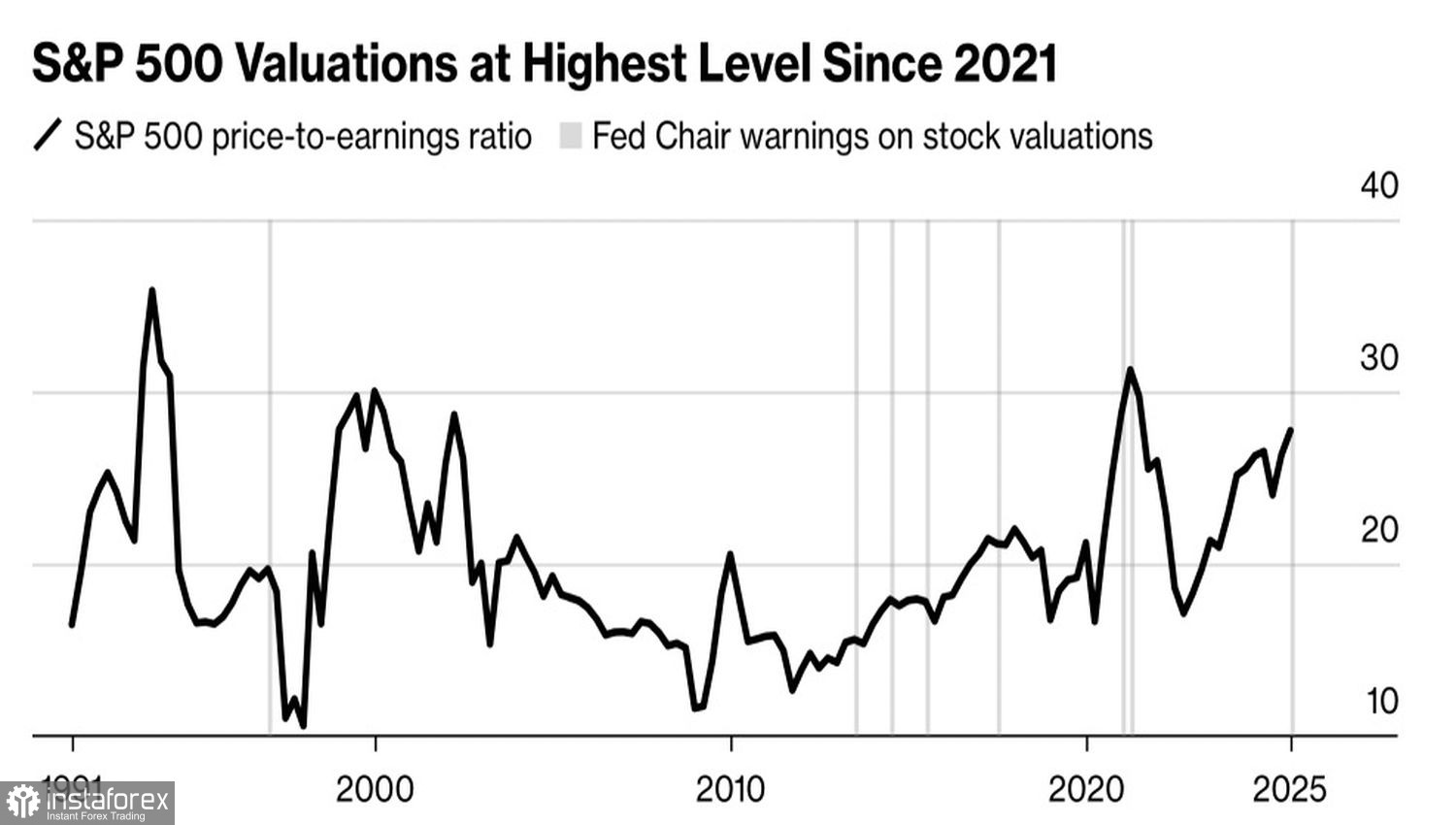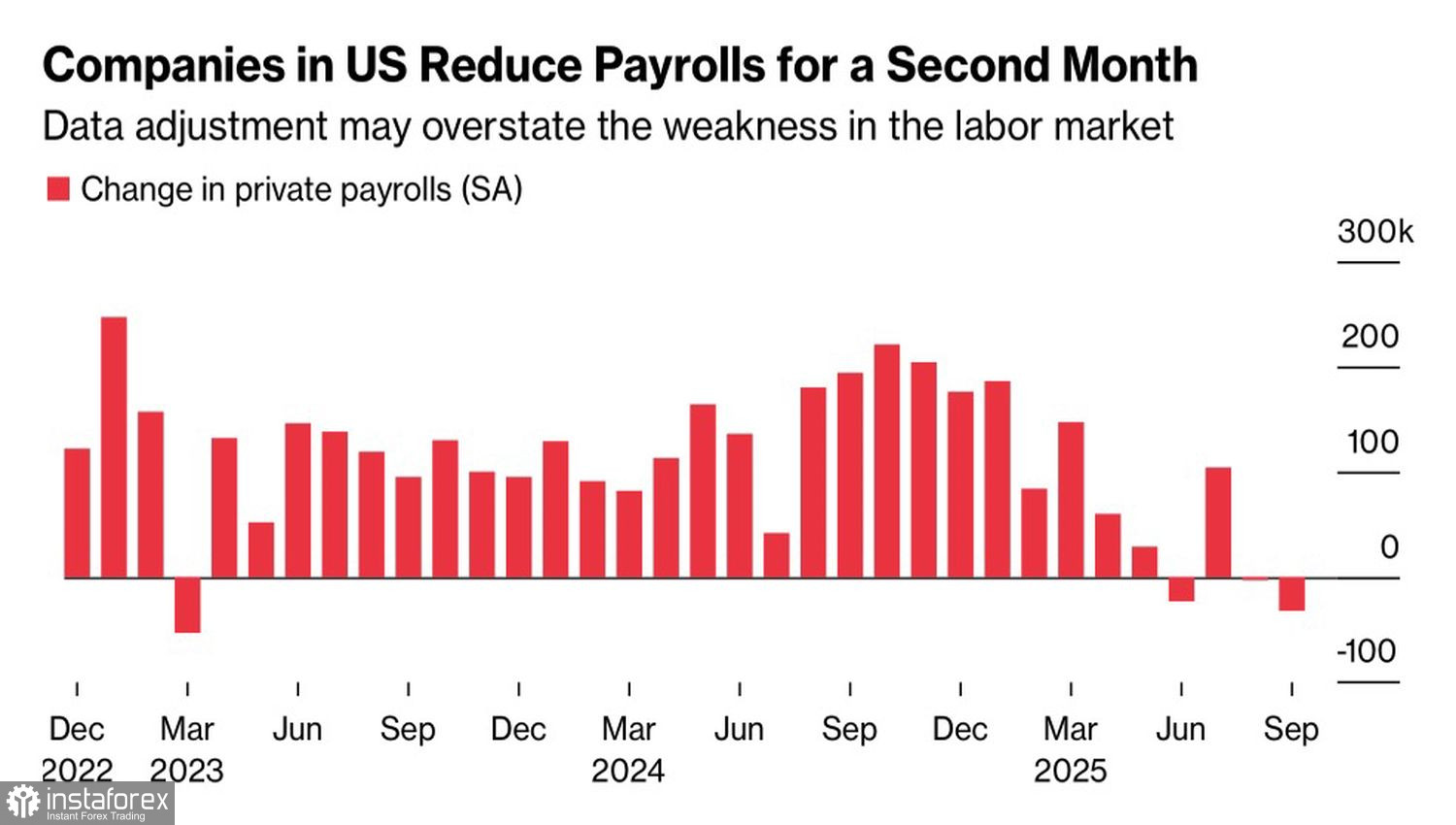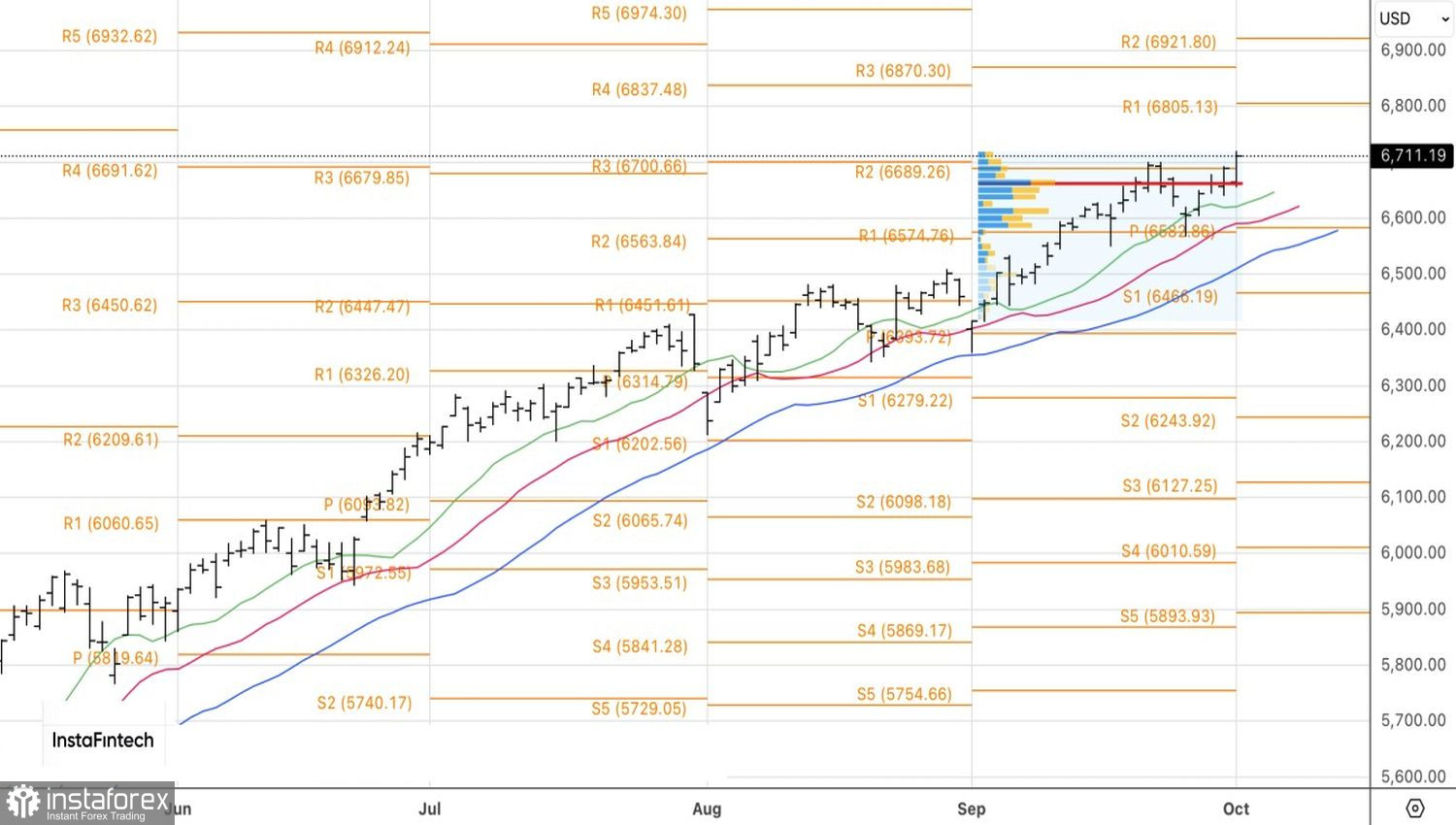"Don't fight the Fed." Well, it depends on what the Federal Reserve is saying. Recent comments from Jerome Powell that U.S. equities are highly valued only briefly spooked investors. They quickly bought the dip and pushed the S&P 500 to its 29th record high. If the Fed Chair intended to scare the market, it didn't work. Historically, when the central bank has commented on the overvaluation of equities — going back to 1996 — the broad stock index has, on average, risen by 13% over the following 12 months. During that same period, it consistently outperformed its global peers.
P/E Ratio Trends and Fed Mentions of S&P 500 Valuation

In reality, the Fed's stance is understandable. A stock market rally, declining Treasury yields, and a weakening U.S. dollar all contribute to easier financial conditions. As a result, the effect of monetary stimulus could be amplified more than in the opposite scenario, increasing the risk of inflation flaring up.
However, overvaluation in the S&P 500 is no longer the vulnerability the market is most worried about. Banks and investment firms are increasingly of the view that in today's environment of rising corporate earnings and the economy shifting from manufacturing to technology, high P/E ratios represent the new normal.
Investors weren't rattled in the slightest by further signs of a cooling in the U.S. economy. ISM manufacturing activity contracted for the seventh consecutive month, and private sector employment, as reported by ADP, unexpectedly decreased by 32,000 jobs in September. August's figures were also revised down from +177,000 to -3,000.
U.S. Employment Trends from ADP

In fact, the report dispelled any lingering doubts among investors about an imminent cut in the federal funds rate. CME derivatives increased the odds of an October cut from 94% to 99%, and December from 77% to 87%. The reinitiation of the monetary easing cycle remains a strong tailwind for the S&P 500. Yes, recent U.S. data hasn't been great. But it hasn't been terrible either. This kind of "in-between" data has helped clarify the future path for interest rates. Even though some FOMC members offered hawkish remarks, markets seem unfazed.
Shares of pharmaceutical companies continued to rise after Donald Trump announced a new website through which Americans would be able to buy medications directly. Meanwhile, optimism around OpenAI overshadowed the negative news about a potential U.S. government shutdown. The maker of ChatGPT managed to attract about $500 billion as part of its new share offering, making the company's IPO the largest in history.

The U.S. corporate earnings season kicks off next week, and due to the absence of major macroeconomic reports amid the government shutdown, it will become the main catalyst for U.S. stock market movements.
From a technical perspective, the daily S&P 500 chart shows a recovery of the upward trend. As long as the index trades above the fair value level of 6660, long positions opened from 6570 and 6620 should be held and even increased, with targets set at 6800 and 6920.
 English
English 
 Русский
Русский Bahasa Indonesia
Bahasa Indonesia Bahasa Malay
Bahasa Malay ไทย
ไทย Español
Español Deutsch
Deutsch Български
Български Français
Français Tiếng Việt
Tiếng Việt 中文
中文 বাংলা
বাংলা हिन्दी
हिन्दी Čeština
Čeština Українська
Українська Română
Română

